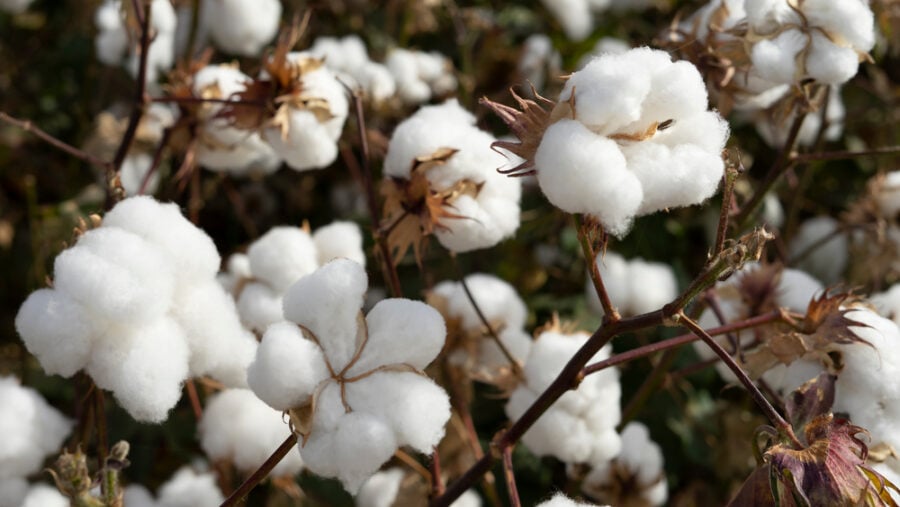A new crisis “sprouted” to join the long list of crises that are spreading rapidly in our world today. There is a serious shortage of cotton due to climate change, which will inevitably cause great harm to many sectors.
Cotton is one of the most versatile and widely used materials. It is one of the most common textiles in the garment industry, as well as a popular material in paper products. Medical gauze, cotton swabs, and traditional diapers are all made of cotton. Additionally, cottonseed oil is derived from cotton plants and can be used in cooking or making soap or cosmetics.
The United Nations says, upon its launching of the yearly October 7 World Cotton Day, that cotton is more than just a commodity. This natural fabric is a product that changes the lives of more than 28 million farmers around the world, as well as benefiting more than 100 million families in 75 countries on 5 continents.
Although cotton is very important to advanced economies, it can also be a safety net for less developed and developing countries.
Climate change
Climate change has been a major cause of damage to the global cotton market. In India, for example, which is the largest cotton-producing country in the world, heavy rains are reducing cotton crops, to the extent that the country imports it from abroad, according to Bloomberg.
In China, the heat wave is raising concerns about the upcoming harvest there. The forecast for production this year decreased to 31.5 million bales, while consumption is near the 34.5 million bales mark (6.5 kantars per bale).
In the United States, the largest exporter of the commodity, worsening drought is devastating farms. This is expected to reduce production to its lowest level in more than a decade.
The latest US Department of Agriculture report showed that US production for 2022-2023 is expected to drop to 12.6 million bales, the lowest level since 2009-2010, due to drought, particularly in Texas, which usually accounts for more than half of US farms.
Meanwhile, the US Department of Agriculture also lowered its forecast for global cotton production by 3.1 million bales and consumption by 800,000 bales.
Brazil, which is ranked second in terms of exports, is struggling with a heat wave and drought, which has reduced crops by about 30 percent.
Prices
These combined adverse weather events, caused by climate change, have led to a 30% increase in cotton prices. Last April, the World Bank warned that the Ukraine war would cause the “largest commodity shock” since the 1970s, with cotton prices expected to rise by nearly 40 percent in 2022 before declining by 6 percent in 2023 as weather-related challenges fade.
Cotton futures rose above $121/lb, approaching a two-month high of $122.3 touched on Aug. 16, as traders weighed the prospects of lower global supplies against plunging demand.
Data from the Chinese Customs Administration showed that China’s cotton imports fell last month by 17 percent annually.
The weekly data of the US Department of Agriculture also showed that US cotton exports continued to weaken during the week ending August 11, in light of the cancellation of a major contract by Vietnam, one of the major Asian importers of US cotton.
Cotton prices are heading up again in the global market after the International Cotton Advisory Committee (ICAC) and the US Department of Agriculture estimated a drop in production for the next season starting in October.
There is no doubt that it is worrying news for cotton-importing countries. Declining production in the United States, which accounts for more than 33 percent of the global export market on average, will reduce the global trade surplus, putting pressure on lower inventories around the world.








